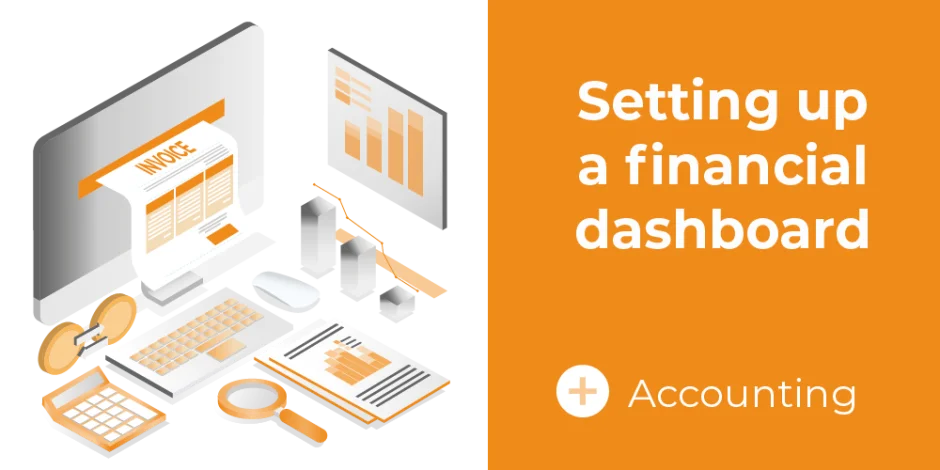Our tips for setting up a financial dashboard
A financial dashboard can measure the performance of a company. It allows to improve and evaluate the financial strategy in order to facilitate the decision-making process. It is also considered as a communication tool between the different departments of a company. Discover our tips for the implementation of a financial dashboard within your company.
02 January 2023
Why set up a financial dashboard?
The financial reporting has many advantages for both the company’s management and the different departments, including:
- Improve decision-making: the financial dashboard is a decision-making tool that allows you to monitor of your company’s financial health.
- Anticipate difficulties: by constantly monitoring the financial dashboard, you will be ready to anticipate future difficulties (discrepancies in KPIs, cash flow problems etc.)
- Boost the teams: your employees must be involved in monitoring the and achieving the objectives. This action will not only motivate your teams more but will also lead to better results.
- Analyze performance: the financial dashboard is a key tool in monitoring the evolution of a company. It allows to monitor the progress of projects and analyze profitability.
In order to take advantage of the benefits of a financial dashboard, it is recommended that you follow these different steps in order to manage your company and track its evolution.
Define the objectives of financial dashboard
Essential to evaluate the financial performance of a company over a defined period of time, the financial dashboard has two main objectives:
- Follow the costs evolution of a service, an activity, or a position in order to allocate the company’s available resources
- Follow the evolution of a service or an activity in order to define the most suitable operation for a company
- Evaluate the situation and the capacity of the different departments of a company in order to seize opportunities
These objectives allow you to better manage you company but also to make savings on production processes and to gradually increase margins on products sales.
Determine the KPIs
The KPIs play a major role in the performance of financial dashboard. It is advisable to determine a KPI corresponding to the growth phase of your business. The Key Performance Indicators for a financial dashboard are the following:
- Cash flow forecast
- Late payments to anticipate difficulties
- The company’s margin
- Break-even point
- WCR
- Monthly Recurring income
- The self-financing capacity
- The Gross Operating Profit (GOP) which defines the amount left after payment of expenses, wages etc.
Structuring your financial dashboard
A financial dashboard communicates data. This is why, it is advisable to make it readable and attractive for the actors of an organization (colors, choice of graph etc.) The purpose of a dashboard is to visually encourage data comparison.
You can also use reporting tools which collect accounting and financial data in real time.
BI reporting software such as Microsoft Power BI provides you with information on KPI through data matching. You can thus benefit from pre-configured dashboards and save time in data analysis.
Work on the layout of your financial dashboard
Focus on visual presentations (pie chart, diagrams, graphs etc.) to increase the influence of your financial reporting. Using different levels of colors makes it easier for your employees to understand your financial management metrics. This data can then be used for decision making in the context of data visualization.
BI software is becoming increasingly powerful in terms of data visualization.
It is recommended to choose the most appropriate graphical representation to show your KPIs. Do not hesitate to display the performance from one year to another when a metric is cyclical.
